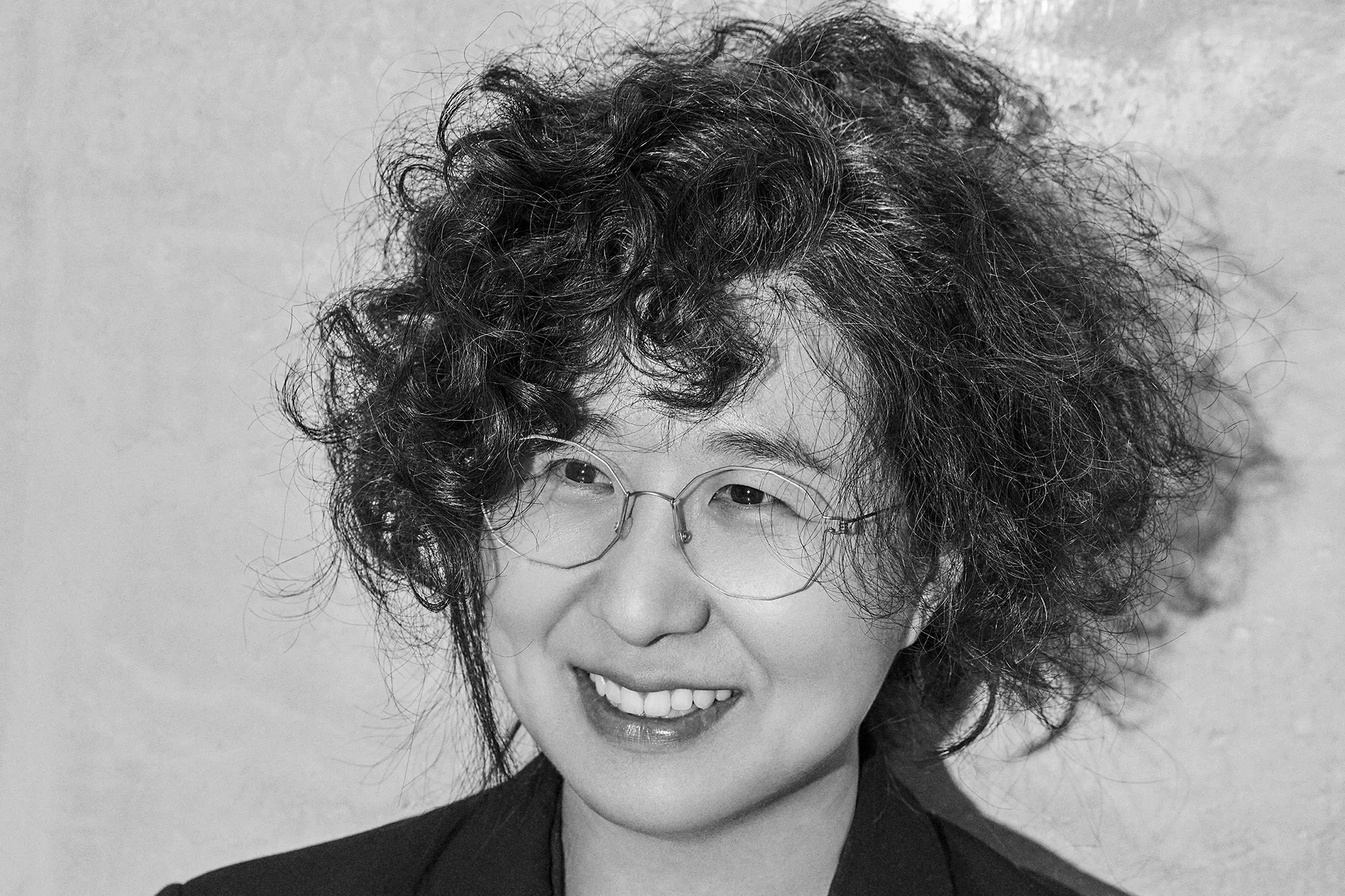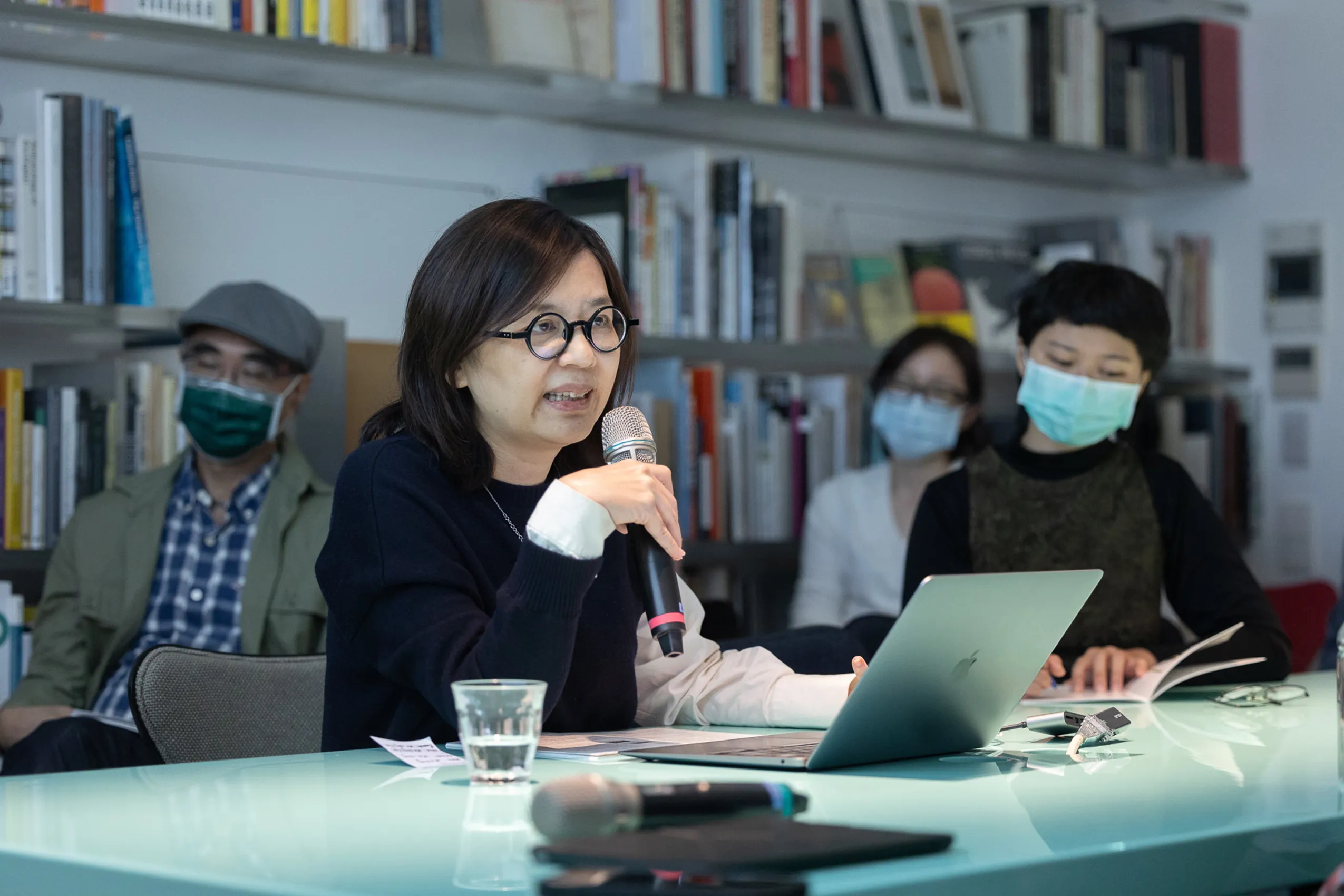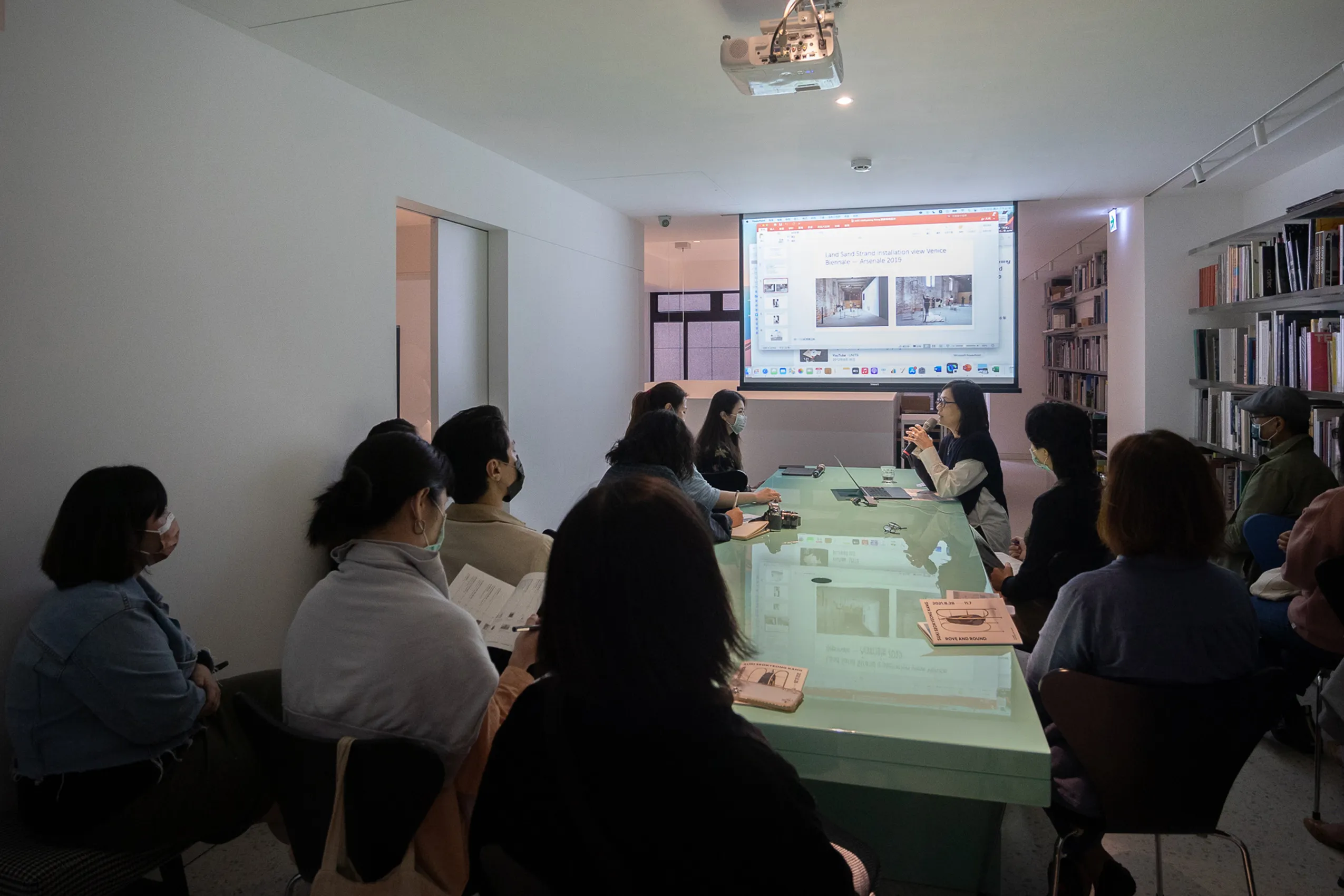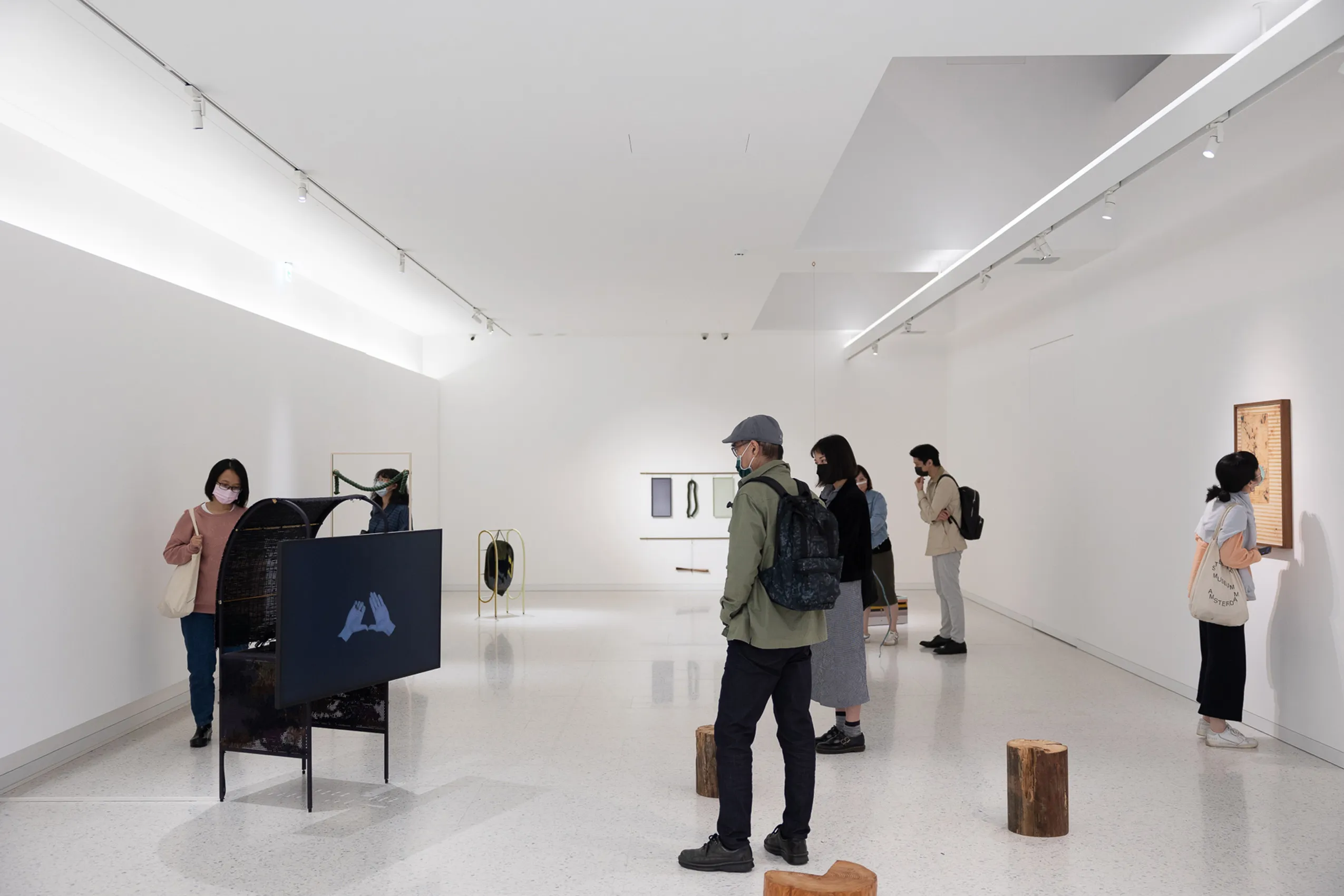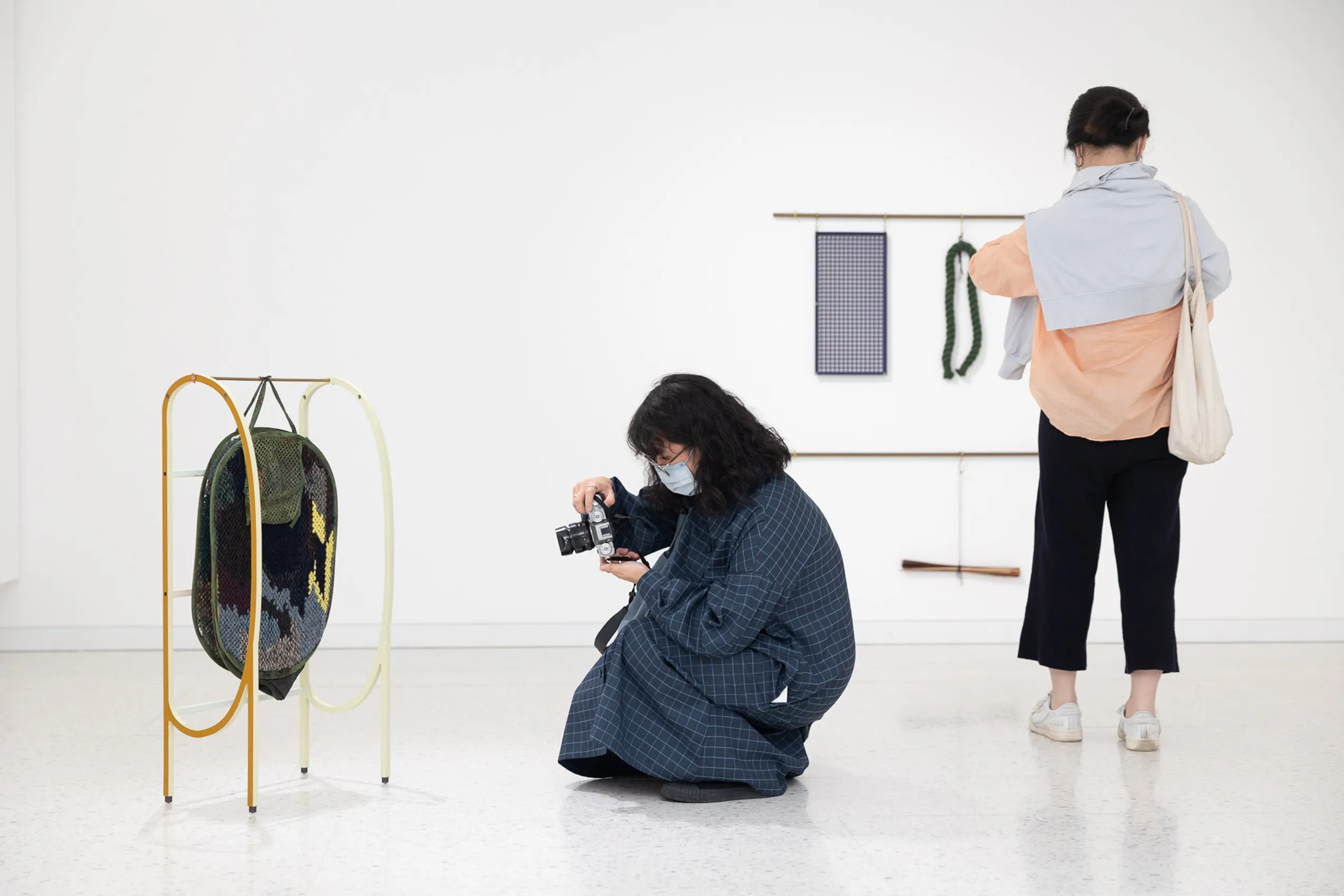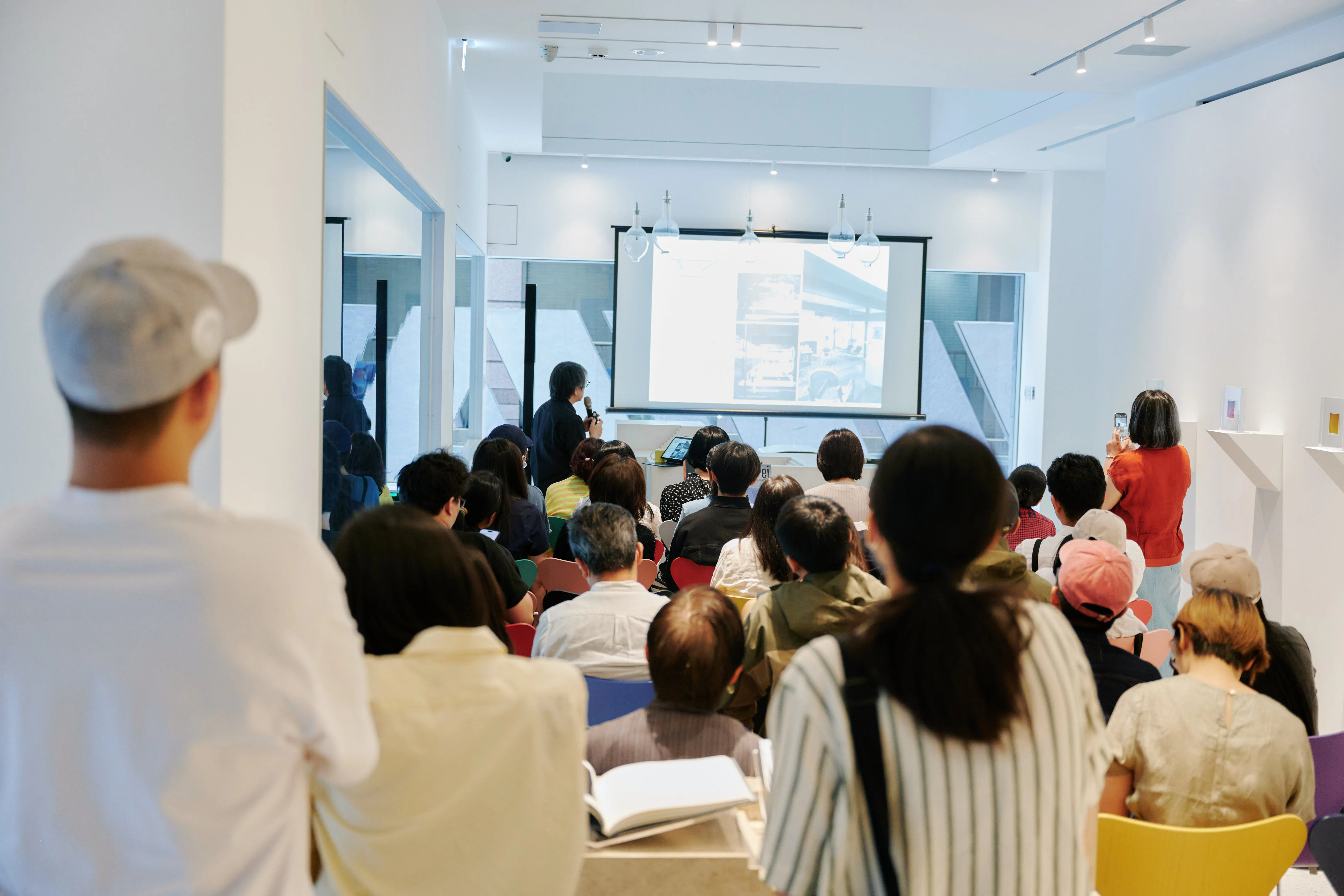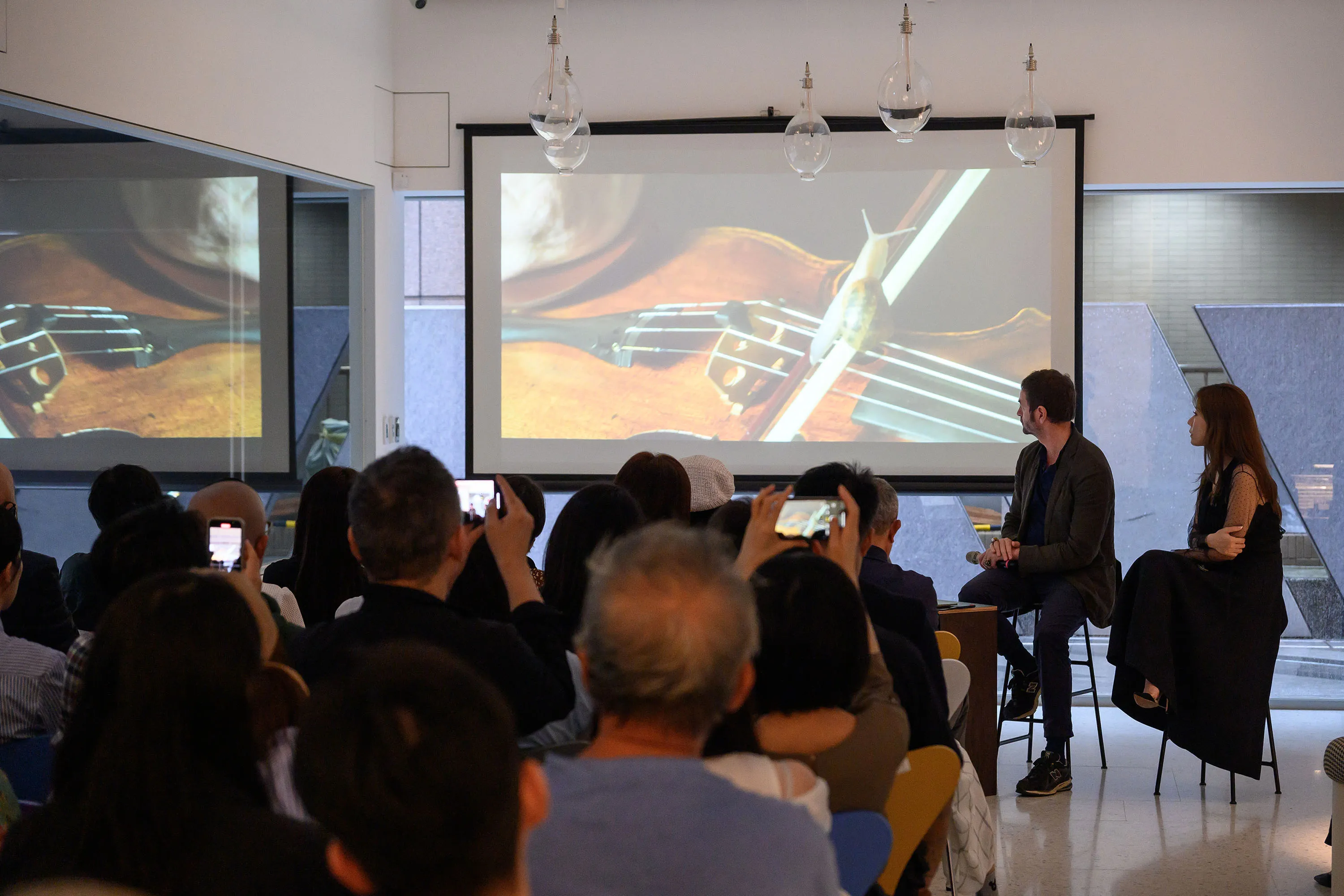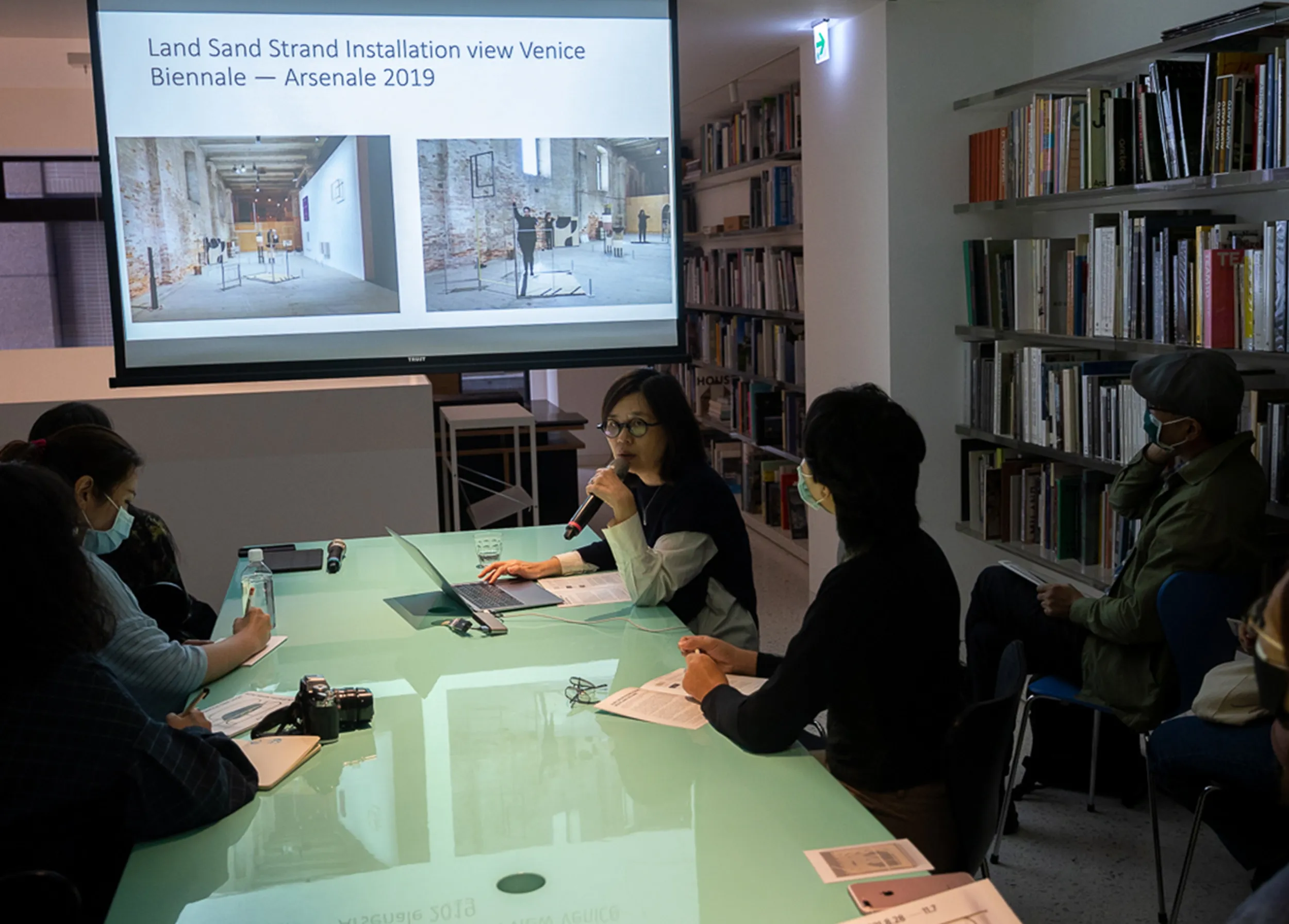
Atelier Talk | Props, Choreography, and Scores — Suki Seokyeong Kang and the Expanded Field of Painting
Speakers
Guo Jau-Lan, Adjunct Professor, MFA Program in Taipei University of the Arts
Locations
Winsing Art Place (1/F. 6, Lane 10, Lane 180, Section 6, Minquan East Road, Neihu District, Taipei City)
Fees
$200
Ages
Unrestricted
Introduction
Following the previous solo exhibition of Miriam Cahn at Winsing Art Place, which examined the relationship between the human body and the world through painting, the Winsing Arts Foundation continues its focus this year on presenting diverse perspectives from female artists working across different mediums. The second exhibition in the series features Korean artist Suki Seokyeong Kang, who expands the language of painting beyond its traditional framework—into textiles, sculpture, installation, video, choreography, and even the exhibition space itself. Within Suki’s exhibition, each work functions like a musical note, coming together to compose a graceful visual symphony in space.
For this occasion, the Foundation has invited Guo Jau-Lan, Adjunct Professor at MFA Program in Taipei University of the Arts, to offer insights into Suki’s practice through the broader lens of contemporary discussions around choreography and musical notation in visual art. Through this expert-led tour, participants are encouraged to consider how the artist reinterprets elements of traditional Korean musical scores through contemporary media, and how her works engage with the body, the viewer, and the surrounding space.
Event Recap
“Suki attempts to address the gap between tradition and the present within the realm of contemporary art. While postwar Korean artists have long explored this tension, what distinguishes Suki—and several other Korean artists working on contemporary art platforms—is how deeply they remain rooted in their traditional cultural heritage. They do not engage with tradition merely to make it visible; rather, they draw from it as a means of opening up new spatial possibilities for painting within the context of contemporary art,” - Guo Jau-Lan, Adjunct Professor, MFA Program in Taipei University of the Arts
In the expert talk held on Saturday, Professor Guo traced a trajectory from Minimalist art in the United States during the 1960s—discussing figures such as Robert Morris, Robert Rauschenberg, Jackson Pollock, and André Lepecki—to explore how their concepts relate to Suki's practice. The lecture examined how these artists transformed sculpture into a medium that activates bodily movement. Several keywords emerged throughout the discussion: the square, personal scale, notation, and choreography. Through these concepts, Suki offers a new interpretation of "painting," using spatial notation to deliver a fresh visual imagination—one that considers how, within a square space, the relationship between viewer and artwork can be actively choreographed.
